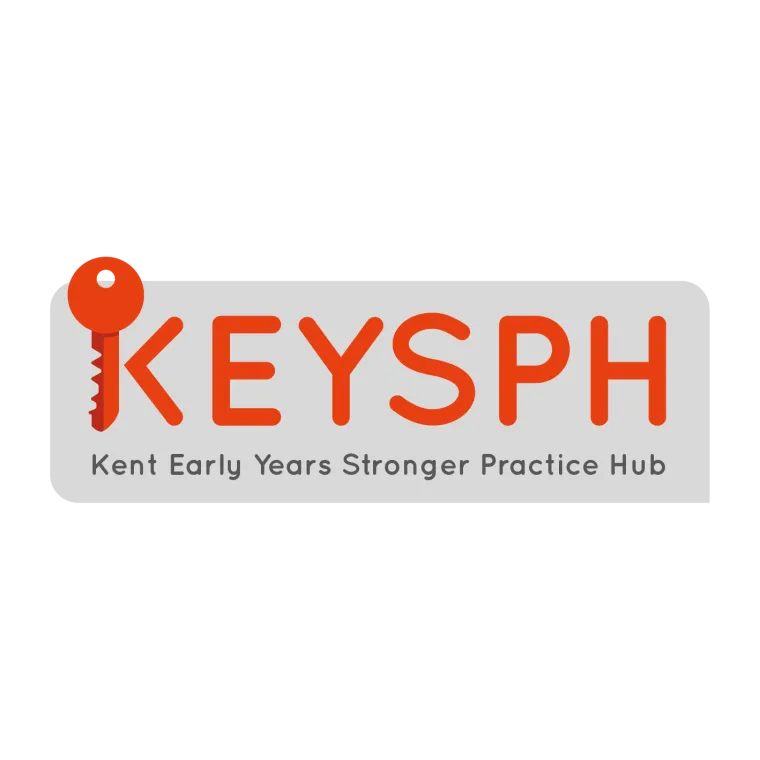Helen Battelley, an internationally respected Early Years Physical Development consultant, trainer, author and brings energy and a motivational approach to raising the profile of PA in the early years. As the chair of the National Early Years Active Start Partnership (NEYASP), she leads a diverse group of stakeholders from across the UK to address the systemic challenges in the early years sector to ensure that every child benefits from the positive outcomes of play and PA. NEYASP are taking positive action to inform and support policy makers and inspection bodies to ensure the sector is taking an evidence-informed approach and valuing the place of physical development in a child’s life, right from the moment they enter the world!
Supporting Early Writing Skills in Young Children: A Blend of Theory and Practice Learning to write is a significant milestone for young children, one that involves much more than simply holding a pencil. Writing is a complex skill combining physical ability, cognitive development, and language skills. By understanding the developmental stages and practical strategies for early writing, we can support children in a way that fosters their natural curiosity and confidence in writing. This blog explores both the theoretical and physical approaches to helping young children develop early writing skills.
By utilising the EEF Evidence Store, educators can ensure their practices are grounded in the latest research, enabling them to effectively support children’s early writing. By staying informed and adopting evidence-based strategies, early years educators play a vital role in shaping a foundation for best practice.
Understanding Early Writing Development Before children are ready to write letters and words, they need foundational skills that pave the way for writing readiness. Theories on child development, such as Piaget’s stages of cognitive development and Vygotsky’s ideas on social learning, provide insights into how children acquire early literacy skills. Here’s a breakdown of essential early writing milestones:
- Fine Motor Development
Fine motor skills, such as grasping, holding, and controlling small objects, are the physical building blocks of writing. Young children typically progress from palmar grasp (whole hand holding) to pincer grasp (using thumb and index finger), eventually developing control and precision in finger movements. - Spatial Awareness and Hand-Eye Coordination
Writing requires children to understand space and direction. Activities that develop spatial awareness, such as puzzles and block building, help children understand concepts like "up," "down," "left," and "right," which are essential for forming letters on a page. - Cognitive and Language Skills
Writing is an expression of language, so cognitive development in areas like memory, sequencing, and storytelling is essential. Theories from Vygotsky emphasise that language-rich environments encourage children to connect spoken and written language, giving them the desire to convey ideas in writing.
Building the Physical Foundations for Writing Writing requires a range of physical skills, from hand strength to posture. Here are some effective ways to encourage physical development for writing:
- Strengthening Hand Muscles through Play
Activities like moulding playdough, tearing paper, and using scissors help build hand strength, giving children the control needed for holding a pencil and making precise movements. Using clothespins, threading beads, and building with blocks also provide engaging ways to strengthen the small muscles in the hands. - Practicing Pencil Grip and Control
Children develop different grips as they grow, eventually learning the tripod grip (using thumb, index, and middle finger), which is ideal for writing. Short, thick crayons or triangular pencils help little hands hold and control writing tools more naturally. Avoid correcting grip too soon; children usually adjust their grip over time with gentle guidance. - Encouraging Large Motor Activities for Posture and Stability
Large motor activities, like climbing, balancing, and jumping, develop core strength and shoulder stability, both of which are surprisingly important for writing. When children can hold their torso steady, they find it easier to focus on controlling fine motor skills for writing.
Encouraging Pre-Writing Skills Through Fun Activities Pre-writing skills involve making marks, shapes, and patterns that lay the groundwork for letter formation. Children need time to explore and experiment with different types of lines and shapes, which are precursors to writing letters.
- Drawing and Scribbling
Scribbling isn’t just play—it’s a child’s first attempt at making marks. Offer large sheets of paper and crayons or markers to encourage free drawing, allowing children to explore their natural hand movements. As they progress, encourage lines, circles, and zigzags, which are shapes commonly found in letters. - Sensory Writing Activities
Sensory activities, such as tracing letters in sand, shaving cream, or rice, provide tactile experiences that make writing fun. These activities reinforce letter shapes and encourage children to experiment with different strokes without needing the precision required for paper and pencil. Tracing and Imitating Shapes
Offer shapes, stencils, or simple templates for children to trace. Start with lines and shapes before introducing letters. Imitating or copying lines is an essential skill that allows children to practice hand-eye coordination and control. This step-by-step approach builds confidence and prepares them for writing actual letters.Introducing Letters in an Engaging, Playful Way Formal letter writing should come after children have developed confidence and basic pre-writing skills. When they’re ready, introduce letters in a way that’s engaging and playful rather than rigid.
- Use Alphabet Play Activities
Magnetic letters, alphabet puzzles, or letter stamps allow children to interact with letters physically. Seeing and manipulating letters in a hands-on way helps children understand that letters have shapes and meanings. Use masking tape on the floor to create large letters for children to walk upon. - Incorporate Letters into Everyday Activities
Point out letters in the environment, like on signs, packaging, and books. Writing a child’s name or labelling their belongings introduces them to meaningful words, which helps them make connections between spoken and written language. - Make Letter Practice Fun and Low Pressure
Encourage children to “write” on different surfaces, like chalkboards, dry-erase boards, sand, windows, or large sheets of paper. Forcing precision too soon can be frustrating, so provide freedom to explore writing without emphasising perfection.
Fostering a Positive Attitude Toward Writing Writing is ultimately a form of self-expression. Creating a supportive environment where children feel free to experiment and make mistakes is vital for fostering a love for writing.
- Celebrate All Writing Efforts
Whether it’s a scribble, a wavy line, or a fully formed letter, celebrate each step. Positive reinforcement encourages children to keep practicing and trying new things. - Model Writing Behaviour
Let children see adults and older children writing. Demonstrating how writing is used in daily life—like making lists, writing notes, or labelling items—helps children understand that writing is a valuable skill. - Encourage Storytelling
Ask children to tell stories about their drawings or describe what they’ve written. Even if they’re not yet forming letters, storytelling connects their thoughts with language, setting the stage for meaningful writing in the future.
Conclusion Teaching young children, the skills for early writing combines theory with hands-on practice. By understanding the developmental stages and supporting children’s physical readiness, we can help them approach writing with confidence and joy. Through play, hands-on activities, and celebrating small achievements, children gain the skills and enthusiasm needed to become capable and enthusiastic writers. Embrace each stage of their journey and remember that building writing skills is a process best nurtured with patience, creativity, and encouragement.
In 2024 Helen was the movement consultant for ‘Awesome Animals and Mini Me’ a series for young children on SKY TV. The series is currently available on Sky and NOW TV.
This year also saw the release of the Physical Activity Adventure Pack (PAAP), a scheme of work developed specifically for early years children, drawing on developmentally appropriate practice, movement play and aligned with the DfE’s Early Years Foundation Stage Profile. The scheme was created by Helen and Brianne Pearson.
Helen works as a lecturer and trainer, for 4 universities delivering Initial Teacher Training (ITT) modules in Primary PE and Early Childhood PE Pedagogy as well as Early Childhood Physical Development. She is also an approved provider for the UK’s Association for Physical Education (AfPE) and a member of the Chartered Association of Teachers.
Helen’s consultancy takes her all over the world, from Malaysia to Dubai, from China to Romania. The movement philosophy Helen promotes is to embed movement within the curriculum and framework to enable a movement philosophy. The embodiment of her training is to raise confidence in the areas of movement play and physical activity. The training Helen delivers ranges from supporting educators in developing activities to support the Early Years Physical Development, to working with coaches and PE leads to create PE schemes of work and methodology suited to young children.
www.musicandmovement.org.uk
Helen Battelley will be presenting a webinar on this subject for Kent EY Stronger Practice Hub on 12 March at 7pm.

